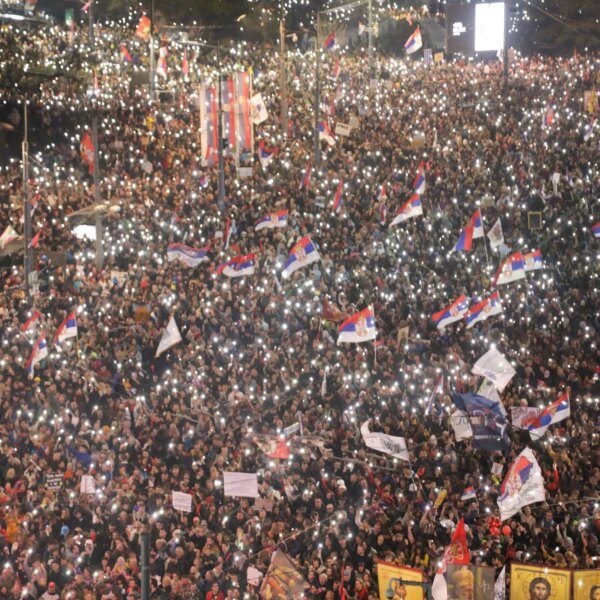
In recent weeks, there have been viral images from the Philippines show couples exchanging wedding vows in flooded churches after Tropical Storm Wipha made landfall in late-July. The storm swept through southern China and central Vietnam, with heavy rain causing flooding in both locations.
Vietnam and the Philippines are used to periods of intense rain, but climate change threatens to make these events more severe. Southeast Asia as a whole faces an escalating climate risk, due its densely populated cities, frequent heavy rain, and insufficient infrastructure.
Recent modelling from Zurich Resilience Solutions found that six major cities in Southeast Asia—Singapore, Bangkok, Ho Chi Minh City, Jakarta, Kuala Lumpur, and Manila—all face at least a “high risk” of extreme precipitation, heatwaves, and rising sea levels through the 2040s.
In particular, the modelling noted that Manila, Bangkok, Singapore, and Jakarta are among Southeast Asia’s most climate-vulnerable cities, with critical infrastructure facing high exposure to multiple climate hazards.
Zurich’s risk modelling used data points from seaports, airports, and notable cultural sites, like Bangkok’s Grand Palace and Manila’s Fort Santiago. The analysis was conducted under the SSP2-4.5 scenario, a widely used projection developed Intergovernmental Panel on Climate Change. The “middle-of-the-road” pathway assumes moderate global mitigation efforts and anticipates a two degree Celsius increase in global average temperatures between 2041 and 2060.
“In Manila, sites are at severe risk from extreme precipitation, storm surge, sea level rise, and flooding, threatening trade and cultural preservation,” the report’s authors wrote. Both Bangkok and Jakarta are also threatened by worse flooding from climate change.
Zurich notes that governments are already investing to address some of these risks. For example, its report highlighted that Singapore added another 5 billion Singapore dollars ($3.9 billion) to its coastal and flood protection fund this year to support new infrastructure like detention tanks, widened canals, and elevated platform levels. Ho Chi Minh City is also upgrading its drainage systems and expanding green urban spaces to curb local flooding.
Not investing in mitigation could result in severe financial losses. A recent report from the World Economic Forum and Singapore International Foundation estimates that the impact of climate change could reduce Southeast Asia’s GDP by up to 25% by 2050.
Another study from Oxford Economics estimates that a 1% increase in average temperatures could raise food prices across Vietnam, Thailand, Malaysia, Indonesia and the Philippines.
Businesses in the region are also taking notice of how climate change’s financial cost could hit their own operations.
City Developments Limited (CDL), No. 139 on the Southeast Asia 500, estimated in 2023 that climate inaction could cost 120 million Singapore dollars ($93.2 million) by 2030, equal to almost 4% of its 2024 revenue. CDL is working on another climate scenario study to be published later this year.















